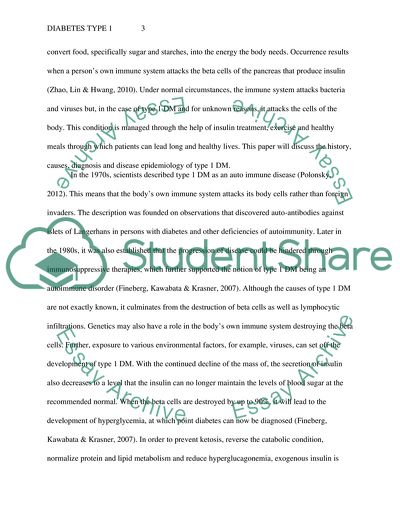Cite this document
(Diabetes Type 1 Essay Example | Topics and Well Written Essays - 1750 words, n.d.)
Diabetes Type 1 Essay Example | Topics and Well Written Essays - 1750 words. https://studentshare.org/biology/1846595-diabetes-type-one
Diabetes Type 1 Essay Example | Topics and Well Written Essays - 1750 words. https://studentshare.org/biology/1846595-diabetes-type-one
(Diabetes Type 1 Essay Example | Topics and Well Written Essays - 1750 Words)
Diabetes Type 1 Essay Example | Topics and Well Written Essays - 1750 Words. https://studentshare.org/biology/1846595-diabetes-type-one.
Diabetes Type 1 Essay Example | Topics and Well Written Essays - 1750 Words. https://studentshare.org/biology/1846595-diabetes-type-one.
“Diabetes Type 1 Essay Example | Topics and Well Written Essays - 1750 Words”. https://studentshare.org/biology/1846595-diabetes-type-one.


